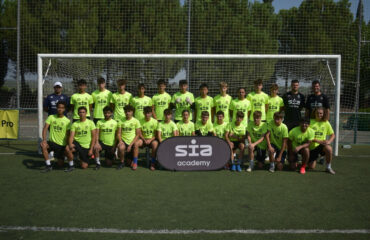To play football professionally or on an ongoing basis, you need to know how your body works. Knowing how to get the most out of your physique is fundamental to reach every ball, to give your best from minute 1 to 90 and to be able to perform to your full potential..
One of the parts that must be taken care of in order to give the maximum is glucose. A key element that allows us to have energy until the final whistle. Many players who do not compete in professional football do not take care of this important part of their body. We will learn how to take care of it by knowing what it is and how to treat it.

What is glucose?
La glucosa es un tipo de azúcar. Existen muchos tipos de azucares en el cuerpo, pero ésta es la protagonista principal a la hora de tener energía en tu organismo. Para que entre de forma adecuada en la sangre y podamos rendir es necesario que actúe una hormona llamada insulina. La segrega el páncreas.
Cuando ingieres comida adquieres niveles de glucosa. Los alimentos llegan al intestino delgado y es aquí donde se transporta por la sangre a través de la insulina hacia las células. En este momento es donde tu cuerpo se siente con plenas capacidades para poder rendir sobre el terreno de juego.
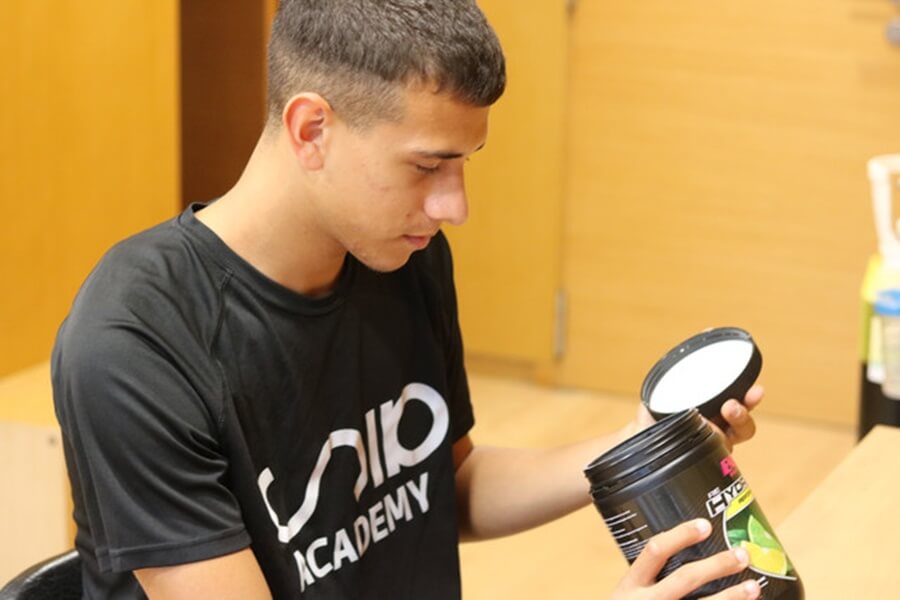
Glucose stores – glycogen
La glucosa que se ingiere en cada comida también queda guardada en las reservas de glucógeno. Estas reservas también son capaces de controlar la energía y dosificarla. Es importante que cuando arranque un partido de fútbol el jugador tenga llenar las reservas de glucosa.
El cuerpo, cuando no dispone de glucosa en sangre, echa mano del glucógeno de las reservas para poder continuar rindiendo al máximo. Será fundamental conocer cómo llenarlas, con qué comida, cuándo y cuánto.
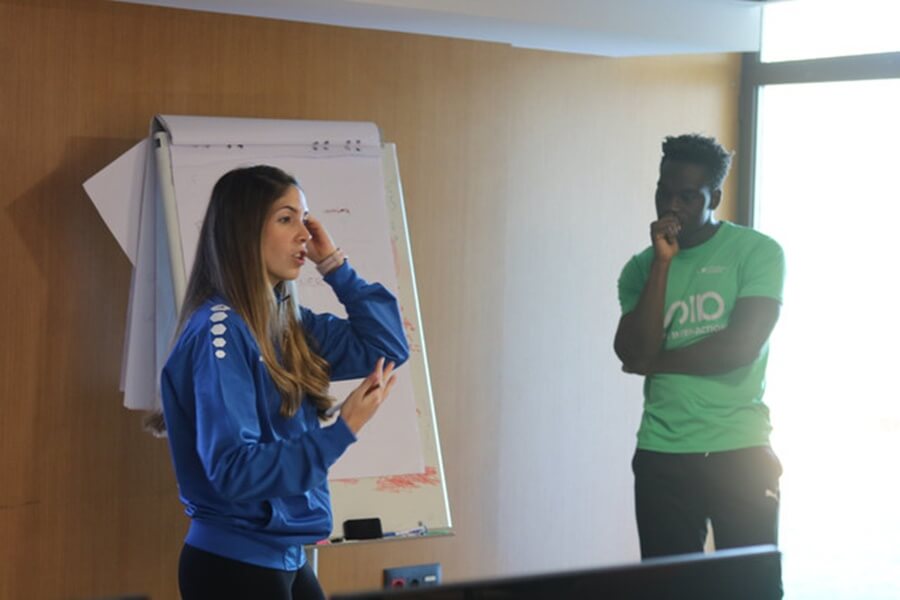
Characteristics of football for glucose
El fútbol es un deporte intermitente. Se mezclan periodos de alta intensidad con ‘sprints’ y disparos potentes junto a momentos donde se trota, se anda o incluso se detiene la actividad física. Estas idas y venidas pueden provocar que el cuerpo necesite muchas más reservas de glucógeno que en otros deportes constantes.
Por lo tanto, en el fútbol será muy necesario saber cómo tratar la glucosa y cómo poder llenar las reservas de glucógeno. Sin éstas, las fuerzas del futbolista fallarán y el rendimiento caerá precipitadamente.
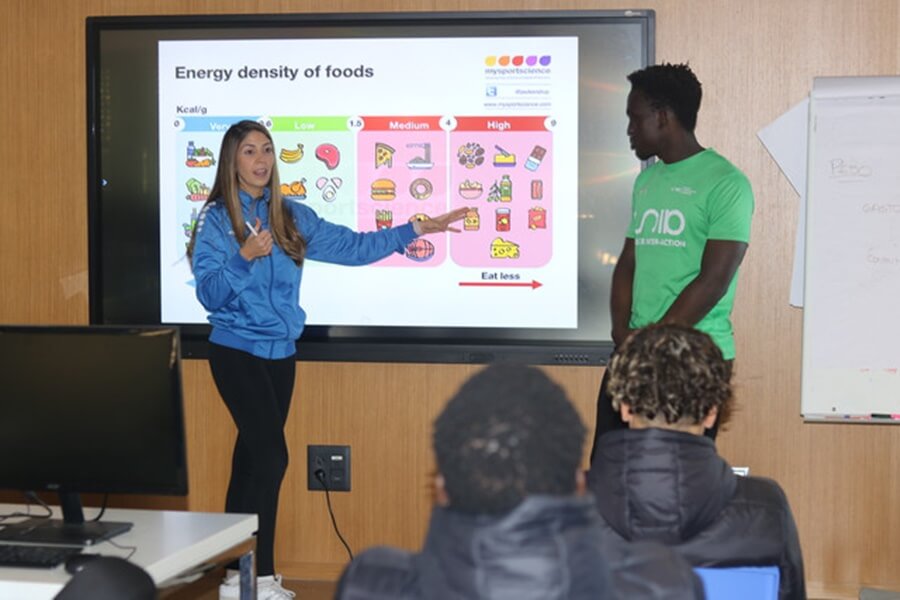
How to obtain glucose properly
Glucose is found in all the food we eat. Obviously, some foods have much more glucose than others. Carbohydrates are the key source of this nutrient to replenish intramuscular glucose stores..
Bread, fruit, vegetables, pulses and dairy products are the main ways to obtain glucose quickly. Refined flours, honey and soft drinks are also the main sources of glucose, although these would be used after matches when energy needs to be recovered quickly. They are also not particularly recommended for health and nutrition reasons..
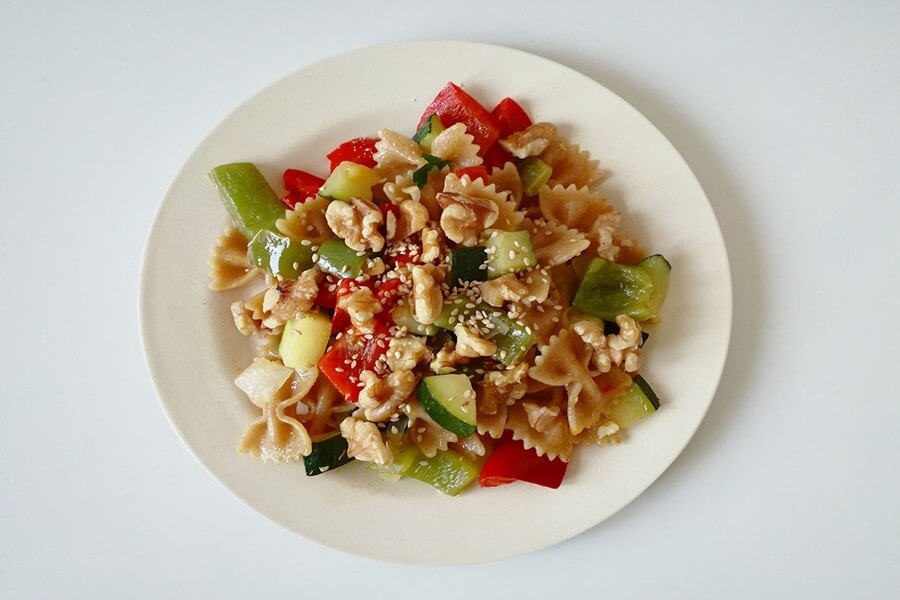
Dishes to obtain glucose
Some dishes to obtain glucose before a football match may combine pulses with vegetables and root vegetables. For example, a lentil dish with carrot, pepper and potato. And for dessert, a piece of fruit such as an apple, pear or banana should always be eaten.
Other dishes can be chickpeas with chard, salad with sweet potato, broad beans… and much more. Other foods that help to increase glycogen levels in the reserves are oats and whole wheat (wholemeal pasta), nuts and citrus fruits such as oranges or tangerines.
Glucose in the match
If the necessary glucose intake has not been taken before the match or if a final boost of energy is required to complete the match, intakes can also be taken at the match. Many of these are common and can be seen at professional football matches on television.
Glucose gels, which are consumed very quickly and pass directly into the blood, are recommended. This is the most recommended option as there are other ways to raise blood sugar quickly, although eating or drinking during sport can cause problems such as flatus.
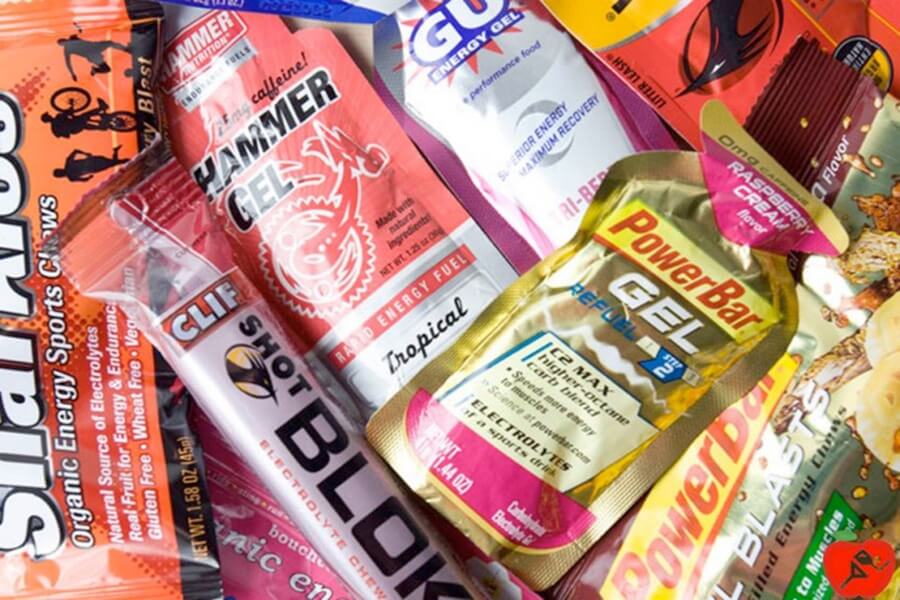
Pre-match glucose levels
Now that we know the importance of glucose in football and what to eat to raise blood levels and reserves, it is time to find out how much to eat. It should be noted that each person has different individual qualities and that to get to know your body better, it is ideal to get professional advice.l.
In this article we provide data taken from scientific studies and applied to general norms and standards. Following these amounts does not mean that they are perfectly adapted to the needs of each player, but they are an approximation of the needs of each individual player.
Field position
Of course, a goalkeeper will not need the same glucose load as a winger or midfielder. Players therefore increase their glucose expenditure by 6 to 44% depending on their position. The range of food intake is therefore between 70 and 90 grams of carbohydrates per hour.
With this amount of food before a match, fatigue can be reduced and the physical potential of each player is maximised. In this way, the glycogen reserves are replenished and the football level can be developed to the maximum.





